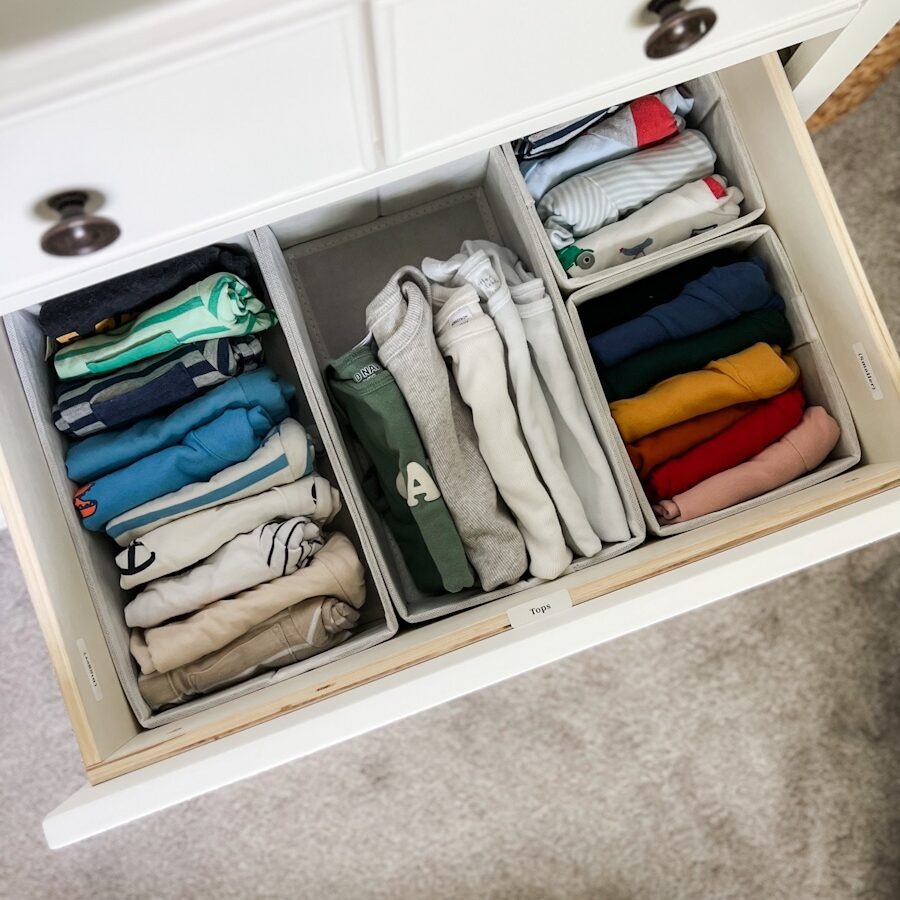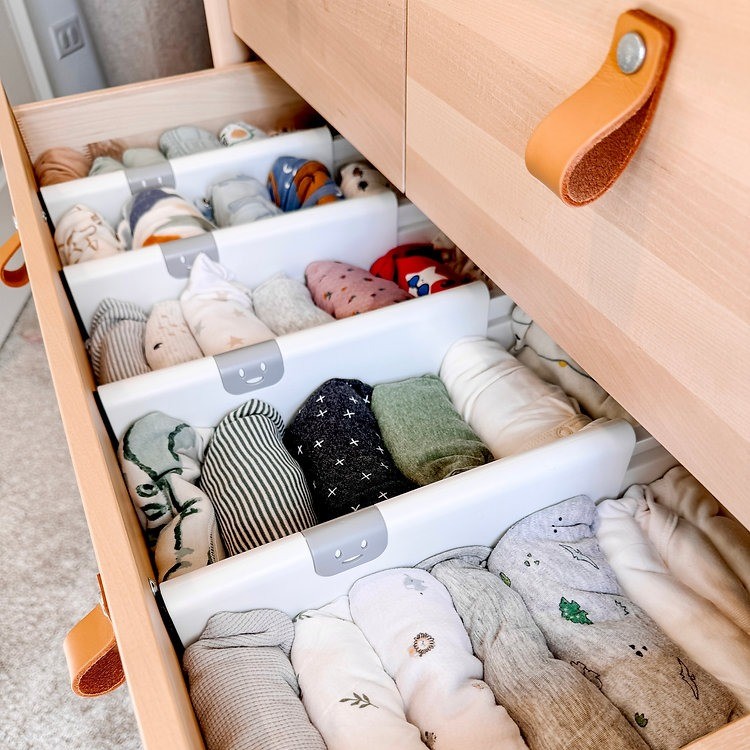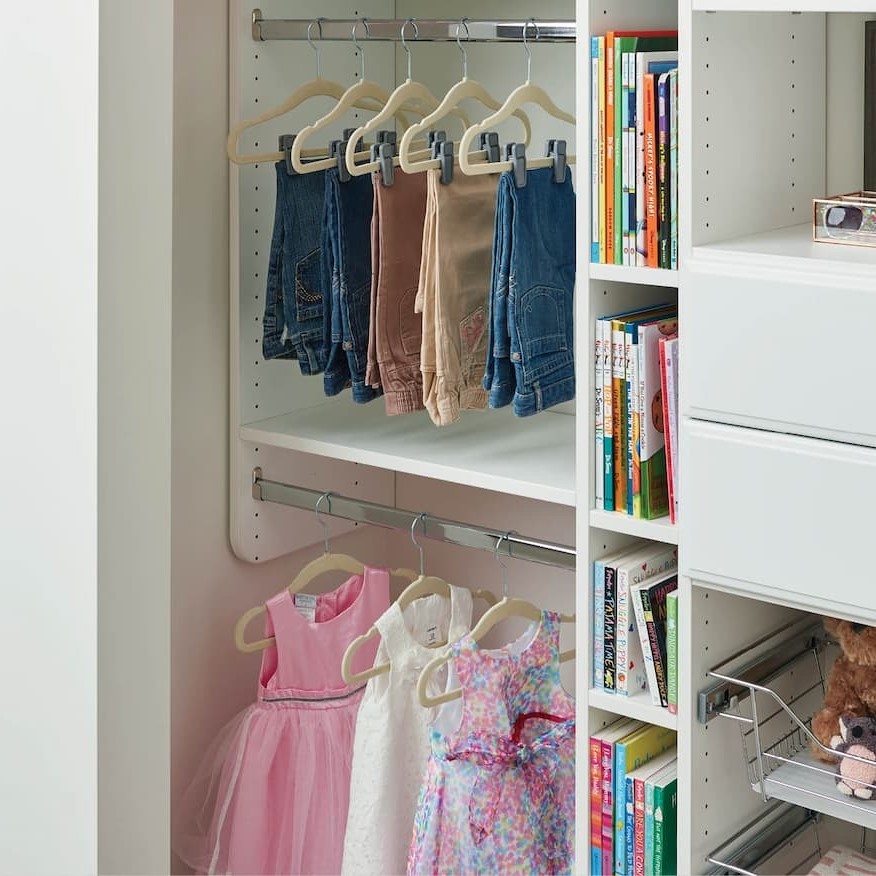Physical Address
304 North Cardinal St.
Dorchester Center, MA 02124
Physical Address
304 North Cardinal St.
Dorchester Center, MA 02124

When it comes to organizing baby clothes by size, the process can seem overwhelming for many new parents. However, implementing a systematic approach can make a significant difference in managing your little one’s wardrobe. In this article, we will explore effective strategies on how to organize baby clothes by size, ensuring that you can find the right outfit quickly and easily.
Organizing baby clothes by size is a key starting point. Begin by identifying each item’s size label.
Not all brands size equally. Compare clothes to see if sizes on labels match actual size. Adjust piles accordingly.
Create groups for newborn, 3-6 months, 6-9 months, and so on. This streamlines selection as baby grows.

Smart storage solutions can save you time and make baby clothes management a breeze.
Use dividers and labels in bins to organize clothes by size and type. It makes finding items fast.
Sort clothes into labelled bins based on size, like ‘0-3 months’ or ‘6-9 months’. This helps you track growth.
Dividers in drawers can separate types of garments, ensuring quick access when dressing your baby.
Maximize closet space by adding extra rails for small-sized clothing. This doubles hanging space efficiently.
Install closet organizers, like over-the-door storage, for items like shoes and accessories, freeing shelf space.
Use vertical space smartly. High shelves can store less-used items like out-of-season outfits.
Maintaining the organization of baby clothes is an ongoing task. It requires regular attention to ensure that the clothes your baby has outgrown don’t clutter the space and that the current sizes are easily accessible.
To avoid piles of unused baby clothes, implement a purging routine every three months. Start by gathering all the clothes that fit your baby now. Sort these clothes into three piles: one for clothes still in use, one for items too small, and one for garments that are never worn. This simplifies the process of updating your baby’s wardrobe and helps to maintain order.
For clothes your baby no longer wears, set up a system for quick sorting. Use separate bins or baskets labeled with ‘Next Size Up’, ‘Donate’, and ‘Store’. As soon as you notice an outfit is too tight, move it to the appropriate bin. This keeps the nursery tidy and the process of changing sizes seamless. Organize baby clothes by size using this efficient system to maintain a clutter-free space and ensure that your baby always has the right size clothes at hand.
Preparing daily outfits for your little one can streamline your mornings and add a touch of fun to your routine.
Create a system to choose and set aside your baby’s clothes. Start by picking a dedicated space, like a small trolley or the top drawer of a dresser, for the next day’s outfit. Use simple categories like ‘daywear’, ‘sleepwear’, and ‘playwear’ to sort clothes. Keep daily essentials at arm’s reach to save time.
Planning your baby’s outfits the night before has many benefits. It can help you avoid the morning rush and last-minute choices. This practice ensures your baby’s clothes are ready to go, giving you more time for morning cuddles and important tasks. A nightly outfit routine can also promote better sleep for you, knowing that one task is already handled.
Efficient use of nursery space is essential for a clutter-free environment.
Maximize your nursery’s potential by using high shelves and adding extra closet racks. Store lesser-used items above and hang more clothing below.
Invest in adjustable racks to fit varying clothing sizes as baby grows. Vertical space is prime real estate for seasonal or out-of-size outfits.
Don’t overlook the back of the door; it’s perfect for extra storage. Attach organizers or hooks for items like shoes and hats.
Door storage can hold frequently used items at eye level for easy access. Consider a hanging system for frequently changed outfits or those too cute to tuck away.

When organizing a nursery, it’s vital to prioritize how you manage small items and essentials like diapers. These often-used items need to be both neatly stored and quickly accessible to streamline baby care.
Handling smaller baby accessories such as socks, hats, and bibs can often lead to clutter if not managed properly. Using divided organizers within drawers or closet spaces can keep these items segregated and easy to find. Consider utilizing clear bins or baskets with labels for quick identification. Over-the-door organizers are also excellent for maximizing space and keeping small items organized without crowding valuable drawer or shelf space.
Diapers are a frequent necessity that you’ll need multiple times a day. It’s practical to have these essentials within arm’s reach. Store diapers in a top drawer or on a shelf at waist height to make changes quick and hassle-free. Additionally, keep a dedicated storage area for diapering supplies like wipes, creams, and changing pads. This could be a small rolling cart that can be moved around the room or placed strategically next to your changing station. This system not only helps in maintaining an organized nursery but also ensures that you are always ready for a quick diaper change.
Another essential element in learning how to organize baby clothes by size involves seasonal rotation. Baby clothes can take up a lot of space, so rotating them based on seasons can help you keep your space organized and functional.

Finally, to broaden your knowledge of how to organize baby clothes by size, consider sharing tips and resources with fellow parents who may also be experiencing the same challenges.
By following these steps on how to organize baby clothes by size, new parents can create a systematic and manageable wardrobe for their little ones. This not only saves time and energy but also makes the process of dressing your baby much more enjoyable. Embrace the organization journey, and rest assured that as your child grows, this structured approach will continue to serve you well.